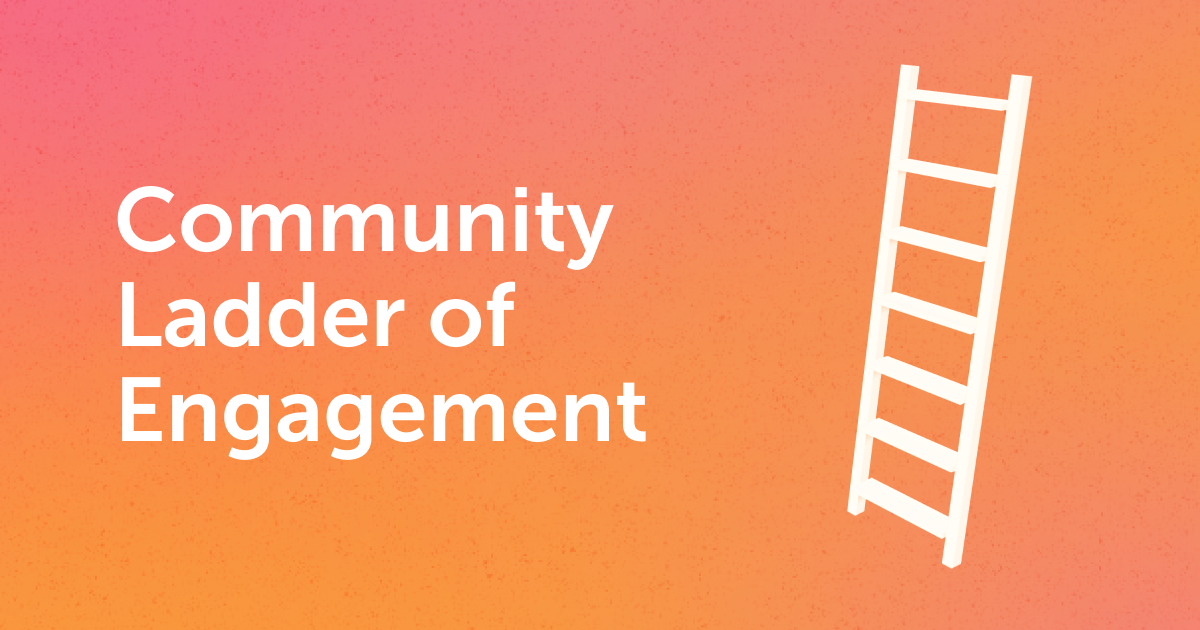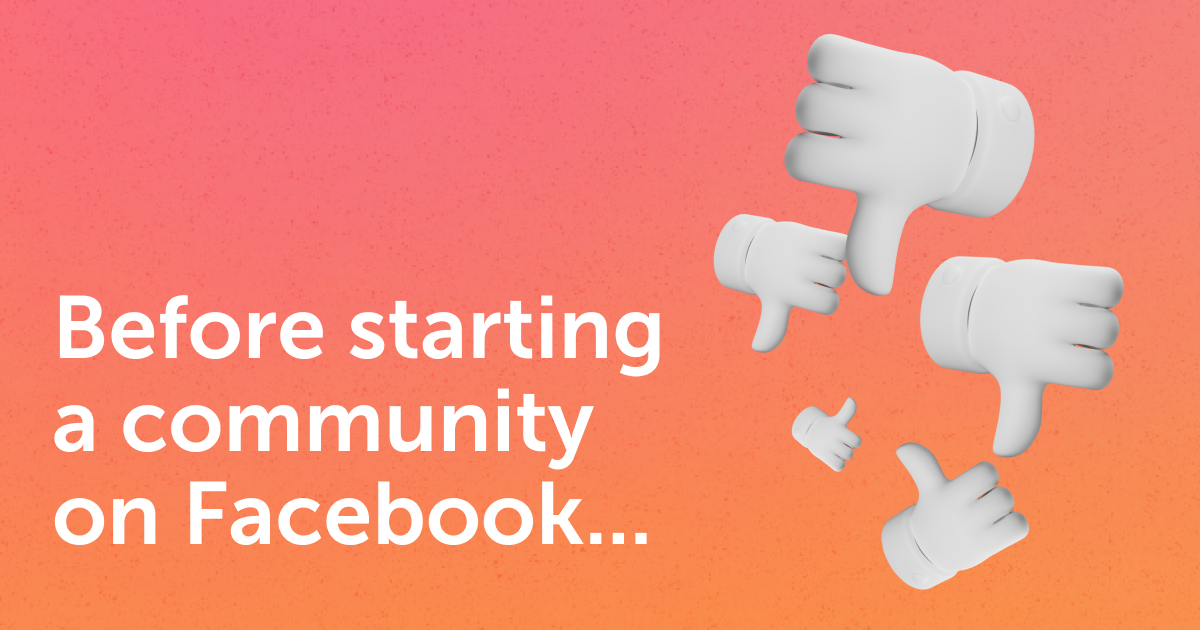The 6 Rules of Community Engagement
When you launched your online community, you were probably filled with visions of aligned, inspired people coming together to share their thoughts and experiences. But now that your community is up and running, you're not seeing the level of engagement that you'd hoped for. What can you do to change community engagement?
Check out our list of rules for motivating contributions and participation in your online community.
1. Have a clear goal for your community members.
The most important rule to spurring community engagement is stating the overall goal of your community. What is the purpose of its existence? Is it to provide support, create actions towards a cause, collaborate on a greater project? Successful communities provide their members with something to work towards.
Without a goal:
- Community members will not have a sense of what they should contribute, even when they might have something important to share.
- Community members won't feel like the contributions they do make have a purpose, so they are less likely to contribute again.
A goal will not only attract new members interested in the same goal but retain current members as they focus their contributions on it. People will not contribute to a community unless they are explicitly aware of the community's needs and have the skills or resources to contribute to them.
When someone feels like they can solve a problem they are more likely to contribute.
2. Community managers must also be community members.
A helpful metaphor for managing community is hosting a dinner party.
The rule that holds true for dinner parties and communities is the person who invited everyone needs to be running the party. A host's job doesn't end when the party starts, the guests need the host to get things started before taking things into their own hands.
Hosts should be introducing guests, facilitating conversations, and making sure everyone's having a good time.
Don’t be shy about making requests of your guests, and be as explicit as possible. In an online community, community members are more likely to comply with contribution requests the more familiar they are with the person requesting.
To make explicit requests for contributions even more effective it's useful to segment your community into sub-groups of experts in specific topics. Asking people to perform tasks that interest them and they are able to perform will increase contributions. Email notifications asking someone to answer an unsolved question are also more likely to get someone back on your site than a general activity notification
3. Consider how you incentivize participation
The truth about community participation is that it's extremely low stakes. Keep in mind, incentivized actions are no more an indication of real interest in your goals than an interest in free products, credits, or easy recognition.
Participation comes in many forms, but when it’s not tied to a reward it is:
- Likely to produce a sense of autonomy in the contributor (e.g. "It was my decision to contribute")
In a meta-analysis of studies, psychologists concluded asking someone to complete a task for a reward removes the sense of agency the action-taker originally had. Instead of doing a task because the community member wanted to add to the community, they’re doing it to complete a transaction.
Since decisions to complete small tasks are made so quickly, providing incentives to make many community actions can hurt the actual engagement a member has with the community.
4. To engage communities, incentivize good performance
What? I thought you just told me not to incentivize action-taking.
Every rule has its exception, so while it's important to make people feel that their contributions prove their competency, it's also important to reward the best contributions.
Rewards are most effective for community engagement when they are the result of meaningful performance and can be expressed to the entire community. For example:
- Reputation or status markers like badges that signify a community member's social capital
- Privileges, like the ability to moderate posts or access to sub-communities.
- Featured posts as a form of recognition.
Rewarding good contributions creates a standard for community members to work towards, a critical element in strengthening the community goals discussed at the beginning of this article.
5. Provide Recognition
When people feel that their efforts positively affect the community as a whole they are more likely to contribute regularly.
There are two ways to create this sense of efficacy:
- Make it easy for community members to see how their contributions help further the community's goals.
- For example, if someone answers a question on a forum, make sure the person who asked the question sees the answer and knows that it was helpful.
- Use group recognition to show how everyone's contributions are necessary for the community's success.
- For example, call out top performers in a monthly newsletter or on social media.
By making it easy for members to see how their efforts help further the community's goals, you create a feedback loop that reinforces their participation.
6. Provide Feedback & Close the Loop.
Feedback is so important for two reasons:
- It helps individuals understand how their contributions affect the community.
- It helps individuals feel like their efforts are appreciated.
Thanking people for their contributions is one way to provide feedback, but it's not the only way. Feedback can also be given in the form of:
- Compliments
- Social recognition
- Invitations to events or special opportunities
- Exclusive content
The key is to make sure that the feedback is timely, specific, and sincere.
By following these rules of community engagement, you can create a platform that motivates people to contribute regularly and meaningfully to your online community.
Share this
You May Also Like
These Related Stories

Community 101 Series: The Ladder of Community Engagement – A framework for scale, sustained growth, and earned trust

Why patients turn to online healthcare communities

